Program Description
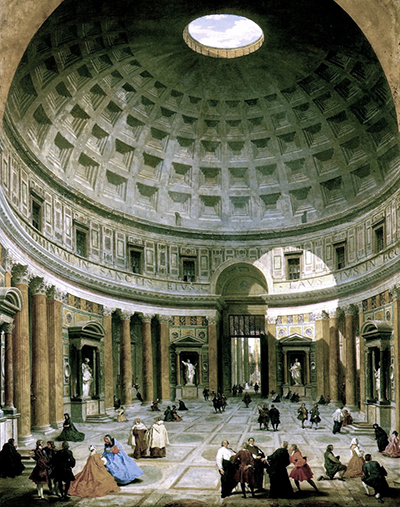
After arrivals and an informal reception over the weekend, we begin our time together on Monday by attempting to articulate what “ancient” and “modern” mean, both as artistic styles, and, more fundamentally, as casts of mind. We will do this, first, by a guided exploration of two buildings: the best preserved of all ancient monuments, the Pantheon, and a nearby Church, the Gesù, decorated in stunning baroque illusionistic painting and sculpture.
The art and architecture of these two buildings are typical of antiquity and of modernity. They will give us a first exposure to our theme. These two beautiful buildings are located just a few blocks apart, allowing us a wonderful walk through Rome’s historic center.
Second, we will reflect on the crucial role of the imagination in early modern times and the modern valorization of the private over the public, as we discuss Shakespeare’s Antony and Cleopatra. We will consider how Shakespeare’s melancholic vision of the twilight of the ancient Republic spoke to his audience a millennium and a half after the events it recounts, and how it speaks to us today.
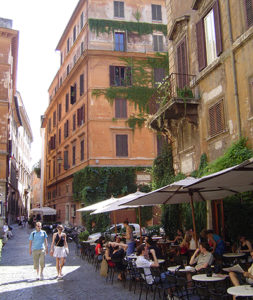
On Tuesday, we will continue to reflect on the theme of public and private in thePalazzo Altemps, a remarkable Renaissance palace converted into an intimate museum of Classical art. Its shady rooms and courtyards, dotted with important Greek and Roman sculptures, immerse the visitor in quiet contemplation that feels like being miles above the bustling historic center. A talk before our visit will show how stylistic changes in ancient art reflect a deep choice between acting and reflecting, and between private and public. The shift from Republic to Empire that were explored in the Shakespeare seminar the previous day will offer a way into what we see when we get to the museum.
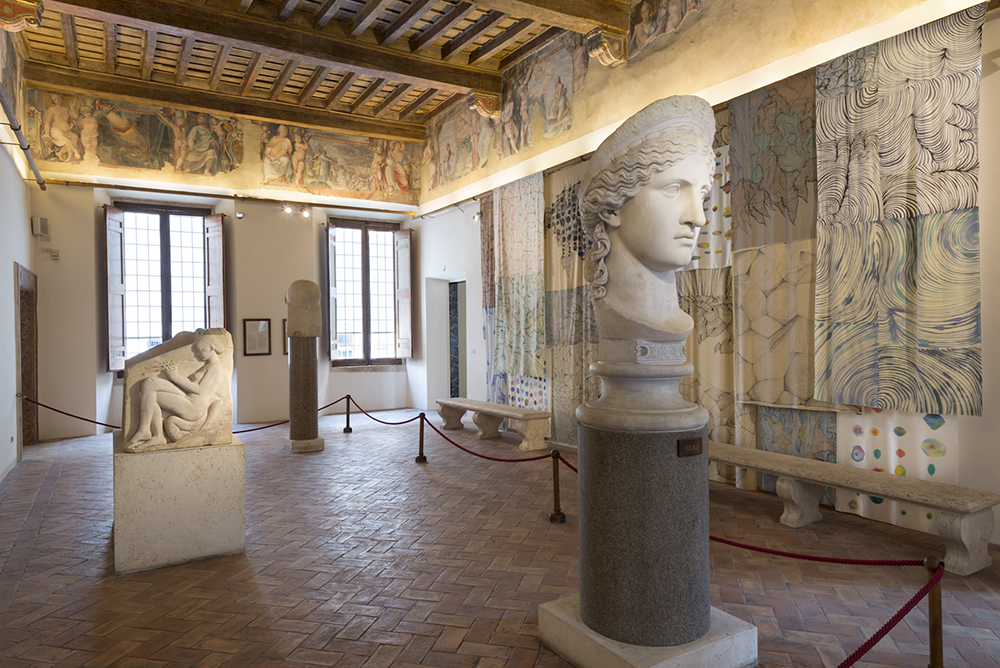
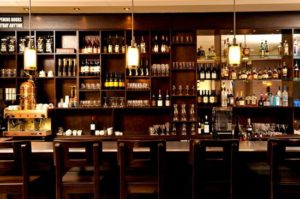 On Tuesday night we will meet for a wine tasting at a popular venue in Rome’s historic center. We will taste some great, palate-expanding Italian wines, accompanied by delicacies typical of the Italian cuisine.
On Tuesday night we will meet for a wine tasting at a popular venue in Rome’s historic center. We will taste some great, palate-expanding Italian wines, accompanied by delicacies typical of the Italian cuisine.
On Wednesday, we will first get together to discuss short selections from Livy’s account of the ancient Roman republic. The reading will give us an understanding of the past, but is also quite timely. We will reflect on how the Roman Republic became a model for later institutions, from the Roman Renaissance to today in our own American “New Republic”. Then we will explore the physical center of the ancient Republic, the Capitoline hill, redesigned by Michelangelo to express the relation between the ancient world and his own early modern times.
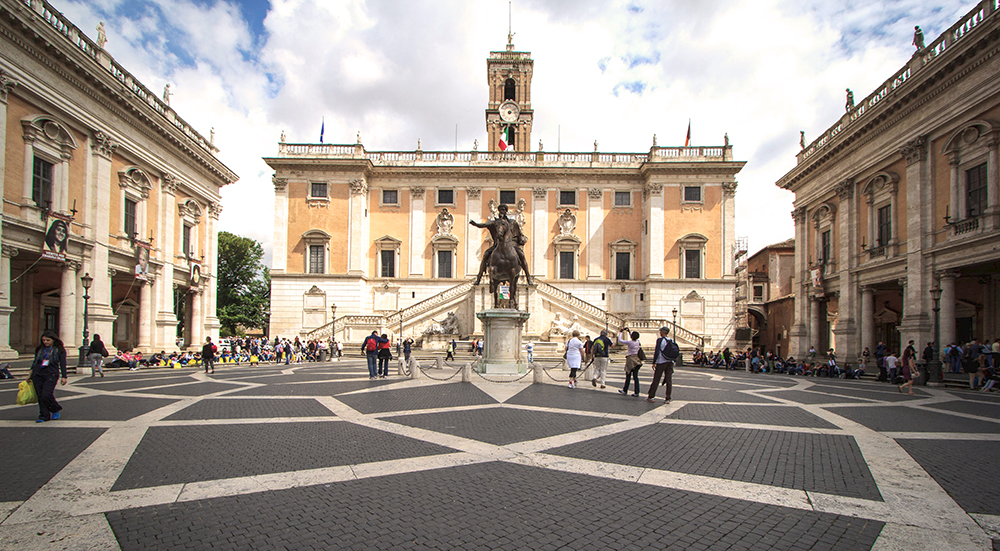
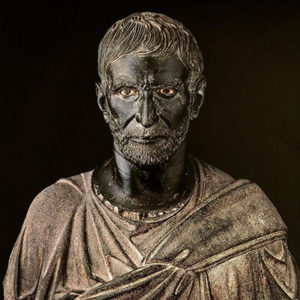
We will visit the Capitoline Museums, which houses much of the most important Roman art from the Republic to the Empire, as well as Renaissance frescoes depicting scenes from Livy, and paintings by Caravaggio and others. The Capitoline will also offer us the best view of the Forum on one side, and the center of Renaissance and Baroque Rome on the other.
By Thursday we turn to the origins of modernity with the painting of Caravaggio and his unique blend of harsh realism and religious allegory. We will visit the Galleria Borghese the great museum of Renaissance and Baroque art at the center of Rome’s largest park.
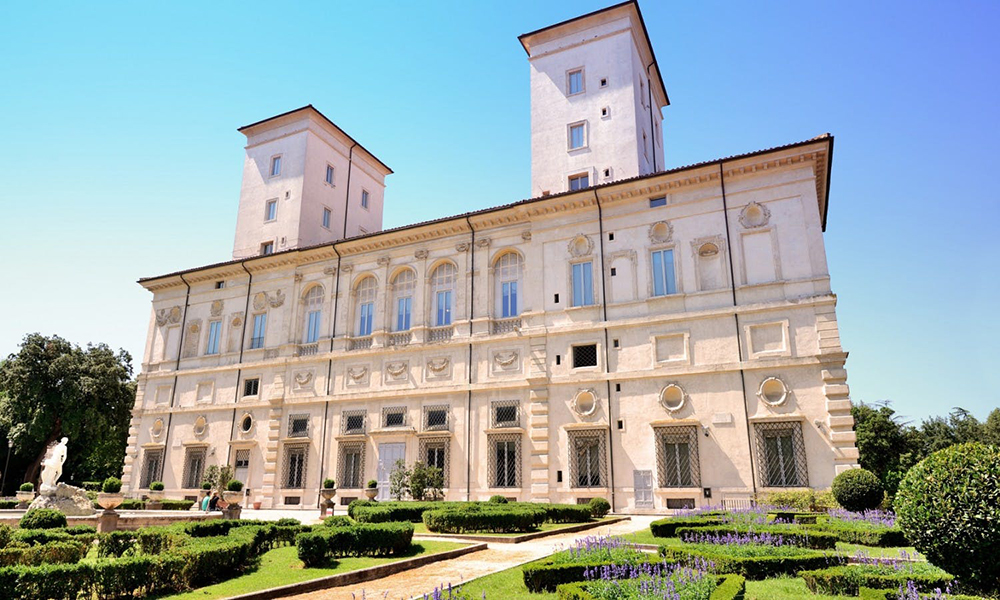
There we will discuss Caravaggio’s paintings, as well as those by Raphael, Botticelli, and Titian, and view the sculptures of the young Bernini.
We will then meet to discuss another modern masterpiece, a poem about Caravaggio’s painting in the Church of Santa Maria del Popolo by contemporary poet Thom Gunn. An optional tour will take interested participants to the paintings in that church in the afternoon.
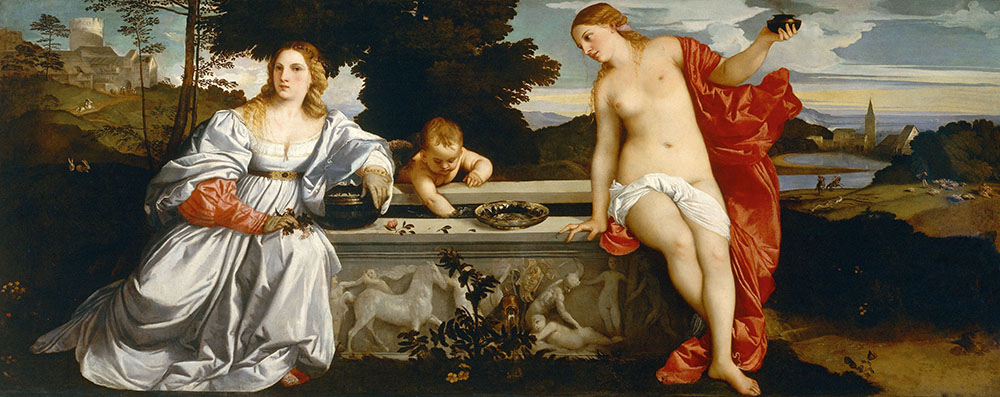
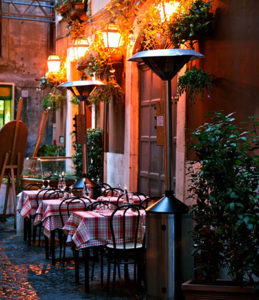 Thursday night we will gather for a special dinner together.
Thursday night we will gather for a special dinner together.
Friday we will focus on the work of the first modern architect, Francesco Borromini. A lecture will give us an overview of Borromini’s relation to his times, and of his
ideas of infinity, space, and perspective, and how these displace the older ideas of harmony and beauty for movement and distortion. We will explore Borromini’s groundbreaking S. Carlo alle Quattro Fontane, and his early work in the Palazzo Barberini. Located between the Quirinale, the residence of Italy’s President of the Republic, and the famous via Veneto, the visit to the church will allow the exploration of a new part of Rome’s historic center.
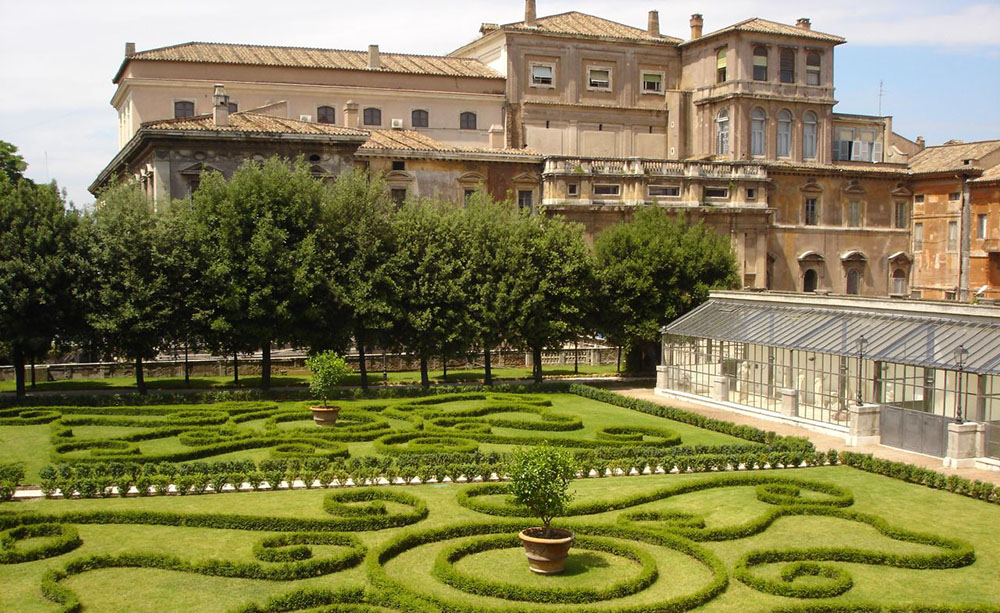
Program Schedule
Saturday and Sunday: arrivals.
On Sunday night join us, if you like, for an optional informal dinner with characteristic dishes of the Roman cuisine.
Monday – Ancients vs. Moderns I
Trip: Pantheon and Gesù.
Snack and Coffee Break
Seminar: Shakespeare’s Antony and Cleopatra.
Tuesday – The Modernity of Ancient Roman Art
Lecture: Greek Classicism and Roman Individuality.
Snack and Coffee Break
Trip: Palazzo Altemps
Wine Tasting (optional)
Wednesday – The Old and the New Republics
Seminar: Livy’s Rise of Rome. [Selections on Brutus, Muscius Scaevola, Curtii and Horatii, Tribunes.]
Snack and Coffee Break
Trip: Capitoline Museum and Capitoline Hill.
Thursday – Modern Faith and Modern Doubt
Trip: Galleria Borghese and Villa Borghese
Seminar: Caravaggio’s Rome and Thom Gunn Poem on Caravaggio.
Optional Trip: S.M. del Popolo.
Friday – Ancients vs. Moderns II
Lecture: The Restlessness of Borromini and the Classical Tradition.
Snack and Coffee Break
Trip: S. Carlo alle Quattro Fontane/S. Andrea al Quirinale, Palazzo Barberini neighborhood.
Dinner
Saturday departures.
Registration and fees
The fees below are per person, and intended for a group of a minimum of 4 to a maximum of 10 people. If you have special requests, and would like some modification to an existing program, or if you would like to book a dedicated program for a closed group, please contact us. We’ll be happy to make special arrangements for you, if at all possible.
The program fee, including all lectures and seminars, is €1,100 per person. We also request a €170 activity fee, covering expenses for tours, all museums and archeological sites entrance tickets, and dinner on the last night of the program.
RILA leaves its guests free to choose their own accommodation, if they like. However, if you wish to, we can organize your stay in Rome at a three, four, or five star hotel.
For information, please contact us at info@rilarts.org
To make a payment to RILA, you can either make an ACH payment through your bank, or pay with PayPal or credit card. Please note that a 2.2% booking fee will be applied to credit card payments.







































































